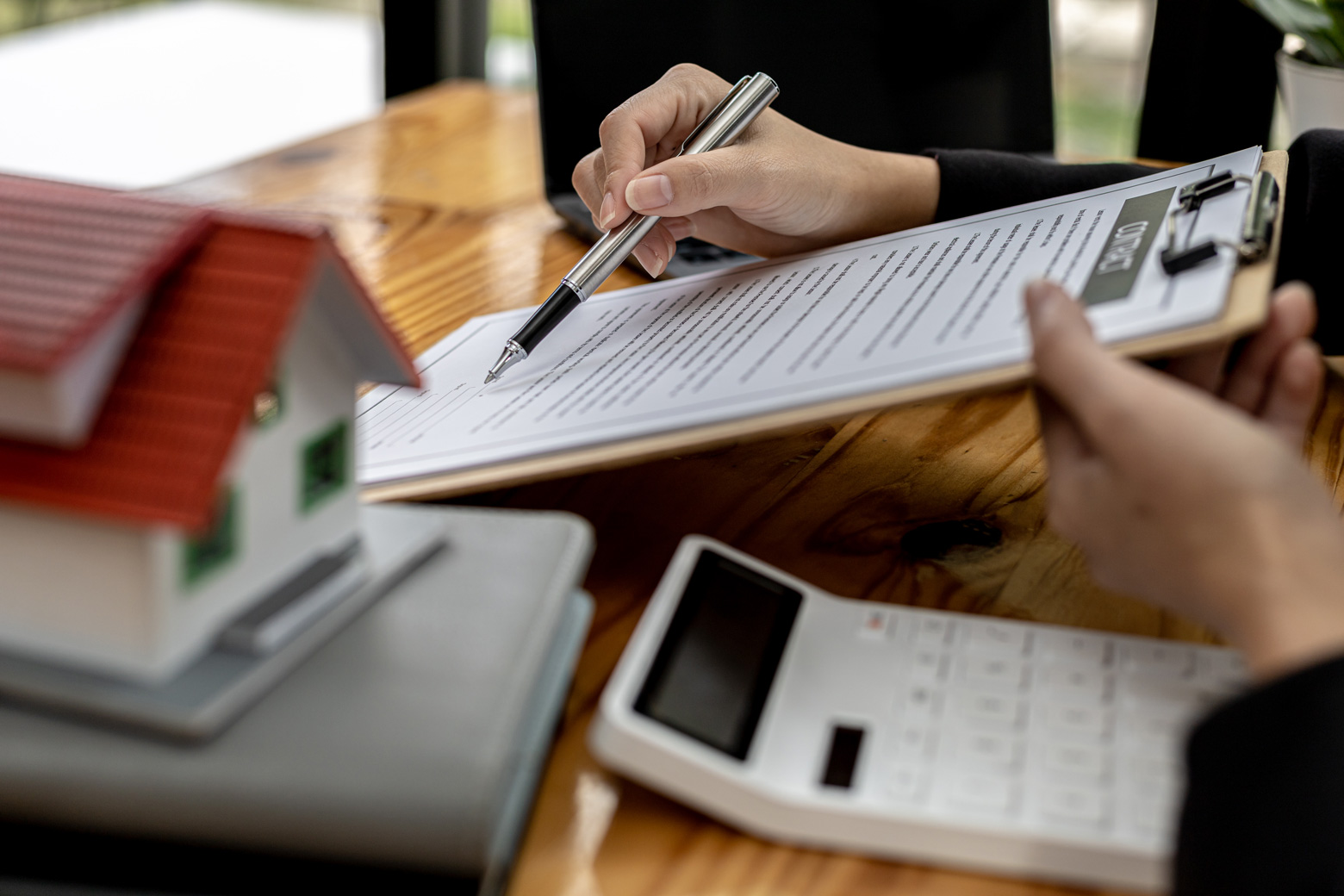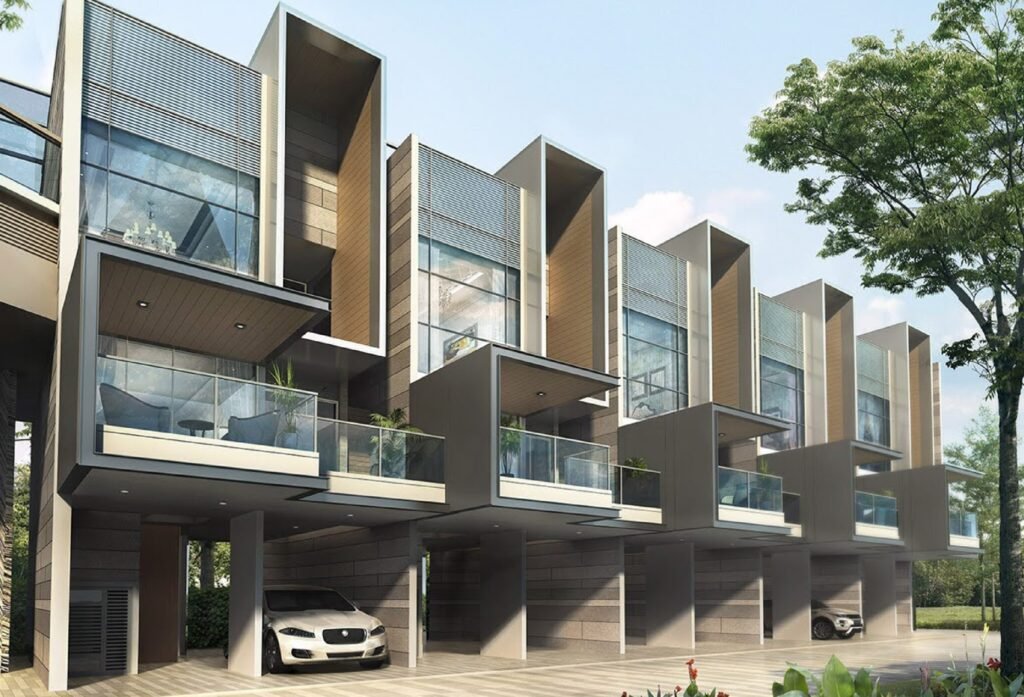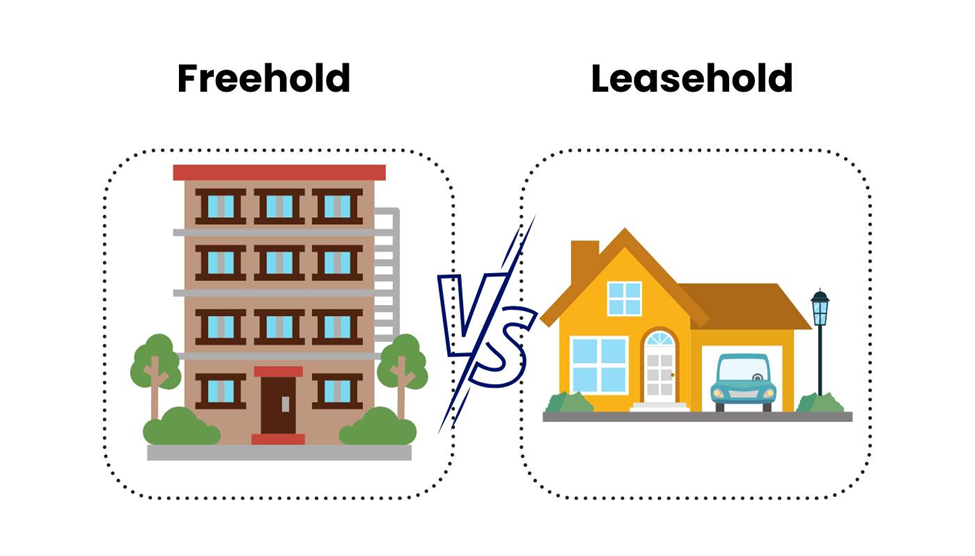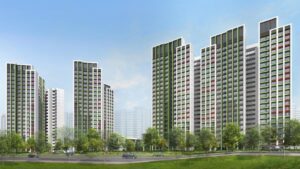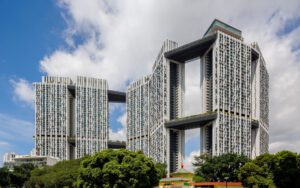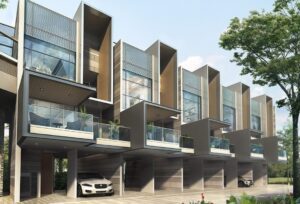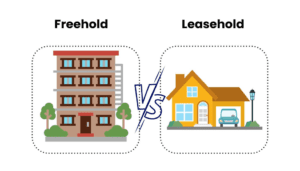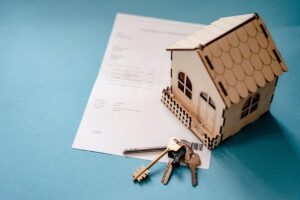Every year without fail, the house-hunting season starts after the January and February lull period due to the Christmas – New Year – Lunar New Year celebrations. Most people are busy celebrating, travelling or just settling back into work, and property seems like the last thing on their minds. Now with all these festivities behind us, we are beginning to see the house-buying activities going into full swing. In fact, Lentor Mansion just sold 75% of 533 units over the weekend of 16 & 17 March 2024.
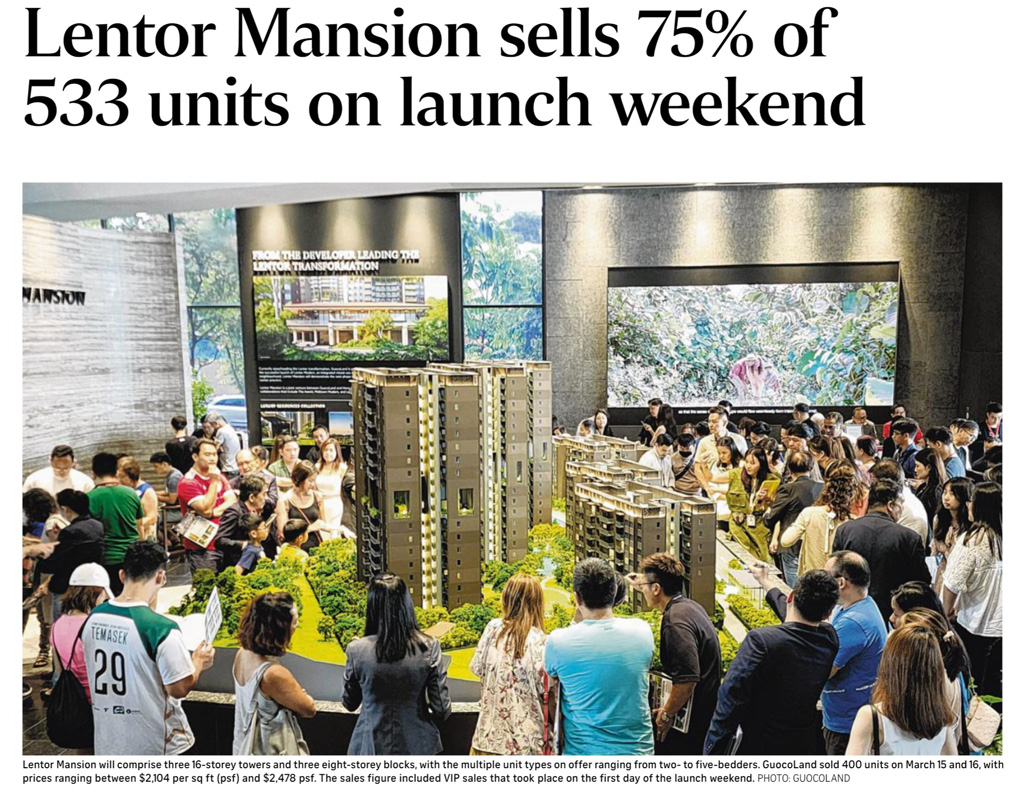
To assist you in making the best decision on buying your property, we have prepared a systematic and comprehensive approach to shortlisting projects. The following is a checklist to ensure you’ve covered the key points, before you start shortlisting any projects (or before you decide to put down a cheque).
Steps to take when buying or shortlisting projects:
1. Look for the cheapest bank, and secure In-Principle Approval
2. If upgrading, check your CPF usage
3. Decide on your main requirements
4. Search for projects within one kilometre of key amenities
5. Check the remaining lease and any past en-bloc attempts
6. Research surrounding plots via the URA Master Plan
7. Conduct viewings (if possible)
8. Identify the main stacks
9. Review available layouts
10. Look at price histories (if these are available)
11. Secure the Option-To-Purchase (OTP)
1. Look for the cheapest bank, and secure In-Principle Approval (IPA)
Always find the bank and get loan approval before you put down the booking fee, or secure the OTP.

This is because the deposit for the property is non-refundable, so if you fail to secure a loan after putting down the deposit, you could end up forfeiting the money. If you try and secure the loan at the last minute, you may be forced into taking a high-interest home loan, because you’re desperate and need to use whichever bank will give you the loan.
So to begin with, start by looking for which bank is currently offering the lowest rates; then approach them and ask for In-Principle Approval. This is a statement on how much the bank is willing to loan you, if you purchase a property within the validity period (usually the approval is valid for one or two weeks). This is also useful for determining your budget, as the approval letter will disclose the loan amount you’re eligible for.
The cheapest bank changes every month; the banks will raise or lower their rates based on how close they are to meeting their lending quotas. You don’t need to call every bank to check; just check with us to find the cheapest one.
Besides the interest rate, do take note of other terms in the package, such as lock-in period, legal subsidy amount, cancellation fee etc. In some situations, it may be wise not to choose the bank which offers the cheapest loan. If in doubt, just drop us a message and we can assist you.
2. If upgrading, check your CPF usage
When you sell your previous home, you need to refund the CPF monies that you used, with the accrued interest of 2.5% per annum. If you log on to the CPF website (you’ll need your SingPass), you can check how much you’re required to refund.
When buying your new property, you will need to pay the first 5% in cash; so you need to ensure you have this amount after discharging your previous loan, refunding your CPF, and so forth.
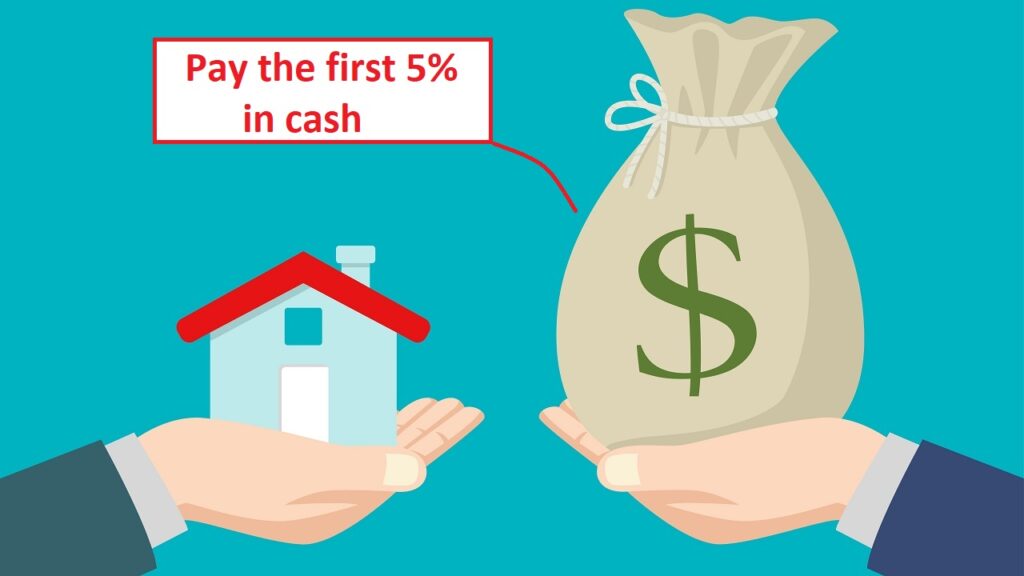
Coupled with knowing your loan limit (see point 1), this helps you to get a concrete picture of your total budget, or affordability.
3. Decide on your main requirements
Statements like “I can make money” or “it is a nice place to stay” are not really helpful. Instead, focus on three to five specific needs, such as:
· It must be within walking distance of a certain school.
· There’s a high probability of %X returns over Y holding period, so you can upgrade again in that number of years.
· The project must be within 15 minutes of your workplace by public transport.
And so forth. Be as specific as you can, as this will help to narrow down the right project. In keeping it to three to five requirements, you are also being realistic: it is unlikely that any project can meet every single one of your preferences, so you’ll want to narrow things down to the most important factors.

If you decide to engage a realtor, having clear requirements can also help them find better suited properties for you.orologi replica,replica watches,Replica Watches UK.
4. Search within one kilometre of key amenities
Following on from point 3, search for projects within one kilometre of your listed requirements (e.g., if you need to be near work by public transport, search within a kilometre of the relevant MRT stations or bus stops).
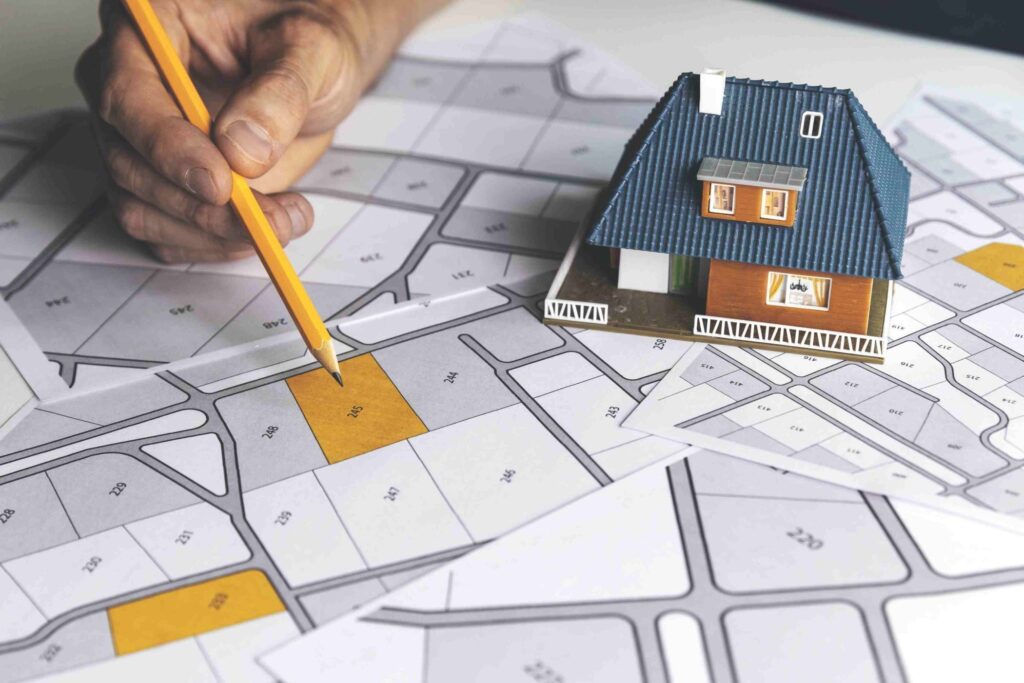
You can do this with free tools such as Google Maps, or with various property portals; today, almost all of them have features that will tell you the distance to the nearest school, supermarket, etc. (Although these may vary in accuracy – beware of portals that may try to make train stations or malls seem closer than they actually are.) When in doubt, I suggest checking Street Directory.
At this point, you can start listing the names of various projects which might meet your criteria.
5. Check the remaining lease and any past en-bloc attempts (if resale)
For new launch projects, your requirements (see above) will determine if leasehold or freehold is most appropriate for you. In general, freehold projects come at premium prices, and may only be worth the premium if you intend to have a long holding period (e.g., 20+ years)
Beware of leasehold projects on freehold land. It is possible for the condo to be on a 99-year lease, whilst being on freehold land owned by a third party. This is a drawback, as it means poorer chances of future en-bloc sales (the third party must also agree to the en-bloc; and if they are also a developer, chances are they’ll refuse, because they have their own plans for the land parcel).
This happened with Spring Grove, for example, where the land actually belongs to the US government.
For resale properties, check if the lease decay will have any effect on the bank loan. Some banks lower financing for projects with 60 years or less on the lease, and it’s not usually possible to get a loan for anything with 30 years or less on the lease.
I would also avoid projects that have seen a lot of near-successful en-bloc attempts recently. The last thing you want is to buy a project and, within the next three years, see it go en-bloc. You are still liable for the Sellers Stamp Duty (SSD) if this happens, and coupled with the expense of renovations, you might end up on the losing end.
6. Research surrounding plots via the URA Master Plan
This is to ensure your nice view, or your key amenities, are still going to be around in the next few years. If the master plan shows future residential plots with a high Gross Plot Ratio (GPR), you need to ensure these don’t obstruct the facing of your condo (as you can possibly lose the existing view).
Conversely, if you see future plans like a mall or MRT, this can be indicative of upgrades that can raise your property value. Reading the URA Master Plan is a bit of an art, and feel free to reach out (suggest link here) if you have questions about your specific property.
7. Conduct viewings (if possible)
Showflats are best taken with a grain of salt, but do have a visit, to get a sense of the various layouts. For resale properties, I advise visiting more than once, and at different hours or days (e.g., once during a weekday, and once on a weekend). This will ensure you have a sense of the noise level and crowds, during both peak and off-peak hours.
This is also a good time to check on issues such as the car park (Is it close to your unit? Do you need to make many narrow turns? Will you have to walk in the rain to get to your car?), the overall maintenance of the project, and whether the neighbours may be an issue.
For HDB properties, do be on the lookout for things like CCTVs mounted on the doors, or packed corridors; you want to avoid neighbouring units targeted by loan sharks, or being next to a hoarder’s unit. For private properties, I would try to get a sense of whether there are too many residents in that one condo (e.g., whether the tennis court is constantly overbooked). You’ll also want to ensure you’re comfortable with the resident mix: if it’s mainly tenants, for instance, then you need to be okay with neighbours who are constantly changing.
8. Identify the main stacks
Once you have narrowed things down to a few projects, you can start looking at specific stacks. Some things to consider are:
· The postal code and its proximity to schools. Note that it’s possible for only some blocks in a project to be within one kilometre of a school, while others may be considered out of the range. You can check this on the OneMap system. Sometimes, if one block is higher priced than another despite being very similar, this may be the reason.
· The view offered from the particular block. Not all blocks are equal in this regard, and some may face different surroundings or have different sun exposure.
· How close the block is to the main entrance (some people dislike this, as there is more noise and traffic)
· Proximity to side-gates, especially if the side-gate is the main way to get to the MRT or nearby amenities
· Whether the block is closest to the amenities; in some condos, some blocks are much further from the pool or gym than others.
Finally, you’ll need to decide if the premium for a better block is ultimately worth paying. Don’t assume the developer’s justifications will always pan out.
9. Review available layouts
Layouts can make all the difference. For example, in District 15 right now, there are three launches: The Continuum, Grand Dunman, and Tembusu Grand. But of the three, only Grand Dunman has dual-key units: these are units subdivided into two, which can be better for landlords or extended families who want their privacy.

Notably, condos built more recently use new Gross Floor Area (GFA) definitions, which prevent developers from using tricks like oversized air-con ledges, or bay windows, to charge higher prices to buyers.
Some older condos, such as La Fiesta back in 2017, were built before these rules; and you may find that condos from this period (around the mid to late 2010s) have many such inefficiencies.
You could also run the plan past an interior designer or contractor, to see if it will meet your renovation goals. Some layouts are inherently more flexible or versatile than others.
10. Look at price histories (if these are available)
You need to use URA transaction records for these, and not property portals (because you need the actual transaction price, not the asking price). In general, you want to be sure that the unit you’re buying is not excessively priced, compared to a similar unit nearby. This can also be grounds for comparison with surrounding condos. For example:
Sceneca Residence is a new launch at Tanah Merah, where prices average $2,079 psf. The main benefit is being integrated with the Tanah Merah MRT station, and having a commercial space (which includes a supermarket).
However, there are many projects around Tanah Merah, such as Optima and Urban Vista, which average $1,465 and $1,592 psf respectively. If I were a buyer, I would consider that the price difference is quite huge, given these other projects are also within walking distance to Tanah Merah MRT; and residents there can also use Sceneca Residence’s shops and supermarkets.
Besides this, for new launch properties, you’ll want to check average transaction prices since the start of the launch. I would be worried if prices have not been rising since the VVIP or VIP preview, as the prices should be rising as the condo nears TOP – this is where a lot of your capital gains are supposed to come from.
11. Secure the Option-To-Purchase (OTP)
The final step, once you’re sure you’re going to buy, is to secure the OTP. The seller is no longer allowed to find new buyers once you have the OTP. You typically have 14 to 21 days to execute the OTP and buy the project, so you need to be careful not to let the time lapse (or else you’ll forfeit the money put down so far).
As a quick reminder, make sure you’ve secured the bank loan before you do this (see point 1). If you secure the OTP first, you’ll need to scramble and find a loan within the aforementioned 14 to 21 days.
For highly desirable new launch projects, whether you get your intended unit may come down to luck; but the help of a realtor can be invaluable here. Sometimes, I have seen realtors salvage things at the last minute, by getting a unit from a buyer who backed out unexpectedly.
If you need help with any of the steps above, or still aren’t sure whether it’s time to commit, contact me for help. Everyone’s situation is different, so not everyone is equally served by the same checklist of features. Still, this should give you a general sense of how to start looking for a property.


